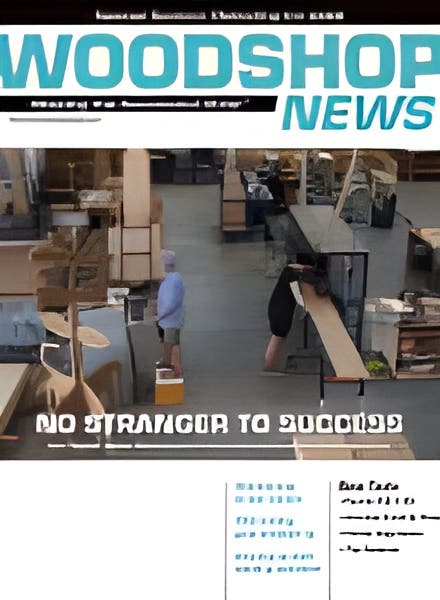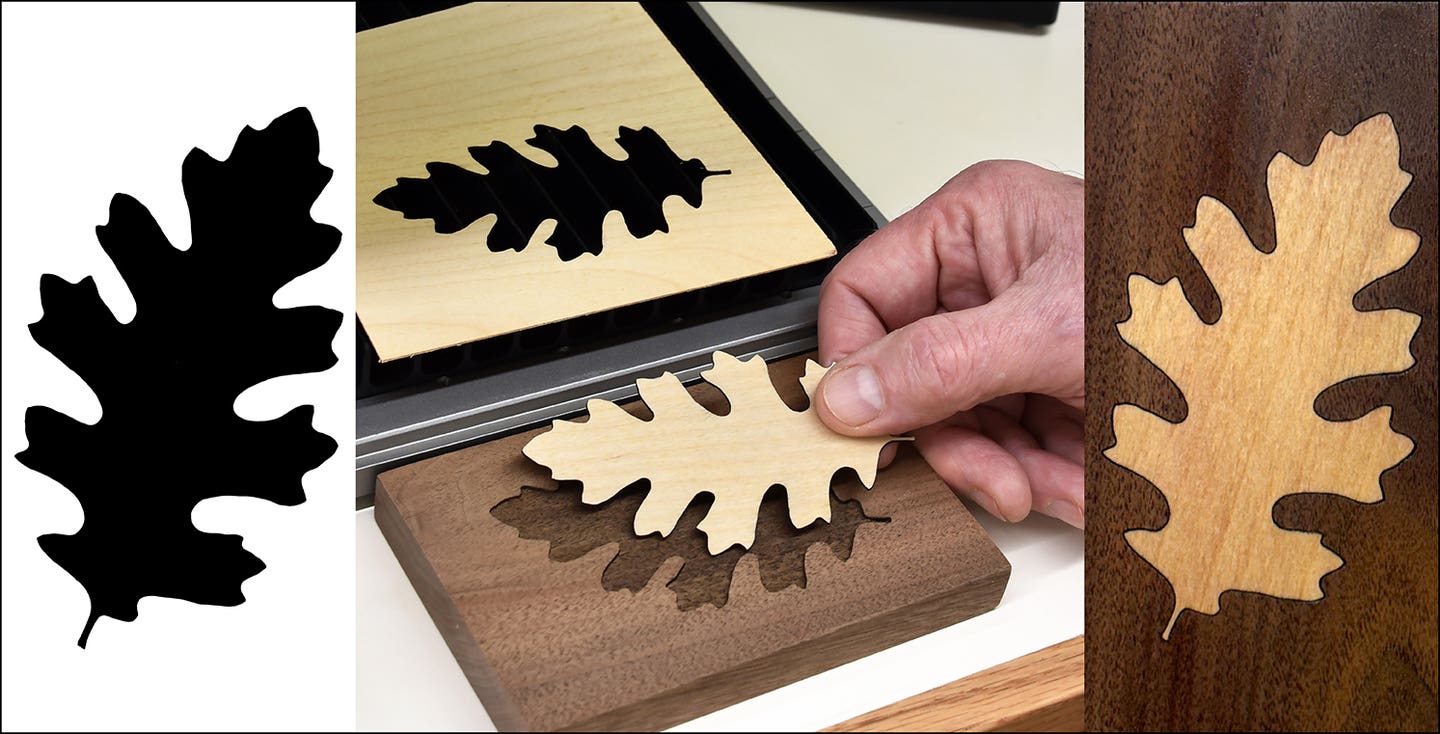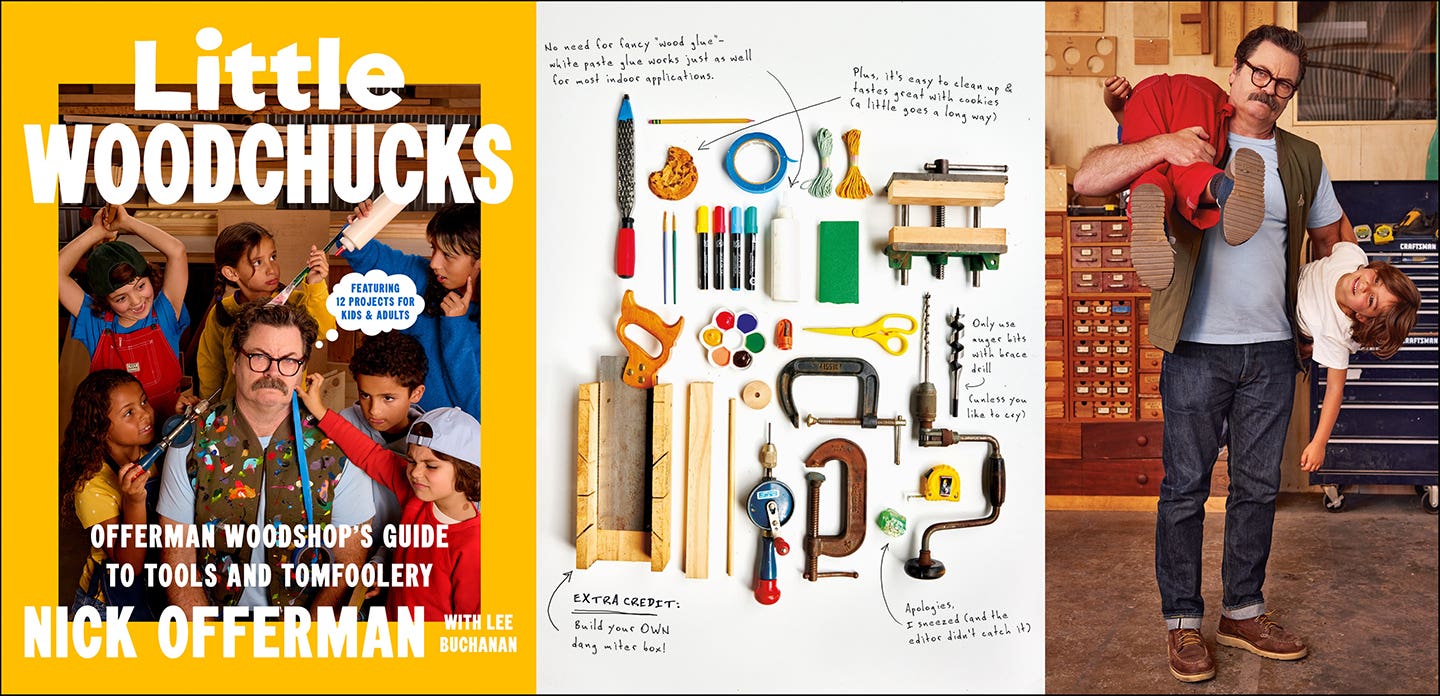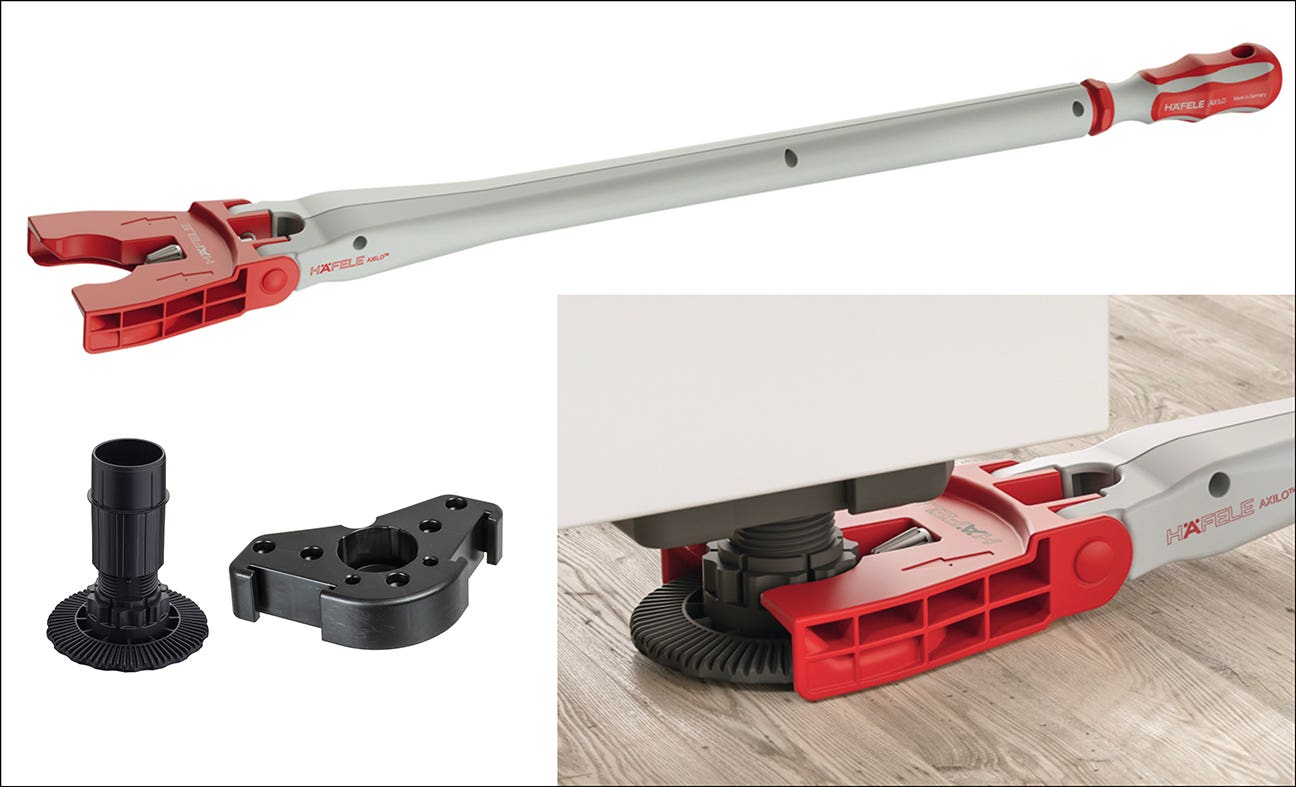Rendering can seal the shakiest of deals
There are software programs that can take rough, colored elevations of a cabinet installation done in CAD and produce photographic-quality images from any view
You are at the end of a long design process for a large and very profitable job. The client has not been the easiest to work with, but you and your staff have persevered. The process is at the point of signing the contract and getting the first deposit, when the client says: “I’d really like to see what the finished kitchen will look like.” You close your eyes, take a deep breath and struggle for a response.
There are software programs that can take rough, colored elevations of a cabinet installation done in CAD and produce photographic-quality images from any view. This process is called rendering and the programs that do this are called renderers.
The rendering process depicts the 3-D nature of a CAD drawing as a 2-D picture, taken from a specified location and perspective under specific lighting conditions, much as you would frame a scene to take a photograph with a camera. Rendering brings a CAD-generated image of a cabinet installation to life by adding the simulation of realistic lighting, shadows, atmosphere, color, texture and optical effects such as the refraction of light. With some rendering programs, their output is so realistic it is difficult to identify the difference between a rendered image and a photograph.
Rendering programs are available as open source (free), stand-alone or as part of a CAD software package.
To run a rendering program, your computer will need a graphics card and plenty of memory. A graphics card will take some — though not all — of the processing load off the computer’s central processing unit. For use with a Windows-based operating system, make sure to get a rendering program made to work with a 32- or 64-bit processing system, depending on what you have. There are similar requirements for Apple and Linux-based computers.
A 64-bit processor is faster than a 32-bit processor and rendering programs that require many calculations per second to function smoothly operate faster and more efficiently on 64-bit processors.
If rendering is only done occasionally, a 32-bit computer is more than adequate, though a better graphics card and more memory might be a good addition.
I’ve experimented with two inexpensive rendering programs and SketchUp’s CAD program. I used the same design for comparison: a simple set of cabinets with marble and solid-surface countertops, sink, appliances and recessed lighting. Renderings were made with different light levels, at different times of day and at different times of year.
Indigo RT, a stand-alone program ($199) from Indigorenderer.com, has more than adequate capabilities to render any scene for a cabinet installation for a small- to medium-sized shop. Conditions of the object and environment that can be changed including the lighting, materials and their textures, glass characteristics, reflections, and shadows.
Using Indigo with SketchUp has advantages as there is a toolbar with Indigo buttons to control Indigo operations, plus there is a plugin that provides easy access to tools that allow you to complete the rendered scene in SketchUp.
Learning to use Indigo is a step-by-step process and, with patience and experimentation, you can render any cabinet-installation image from a simple bathroom to a complex kitchen/dining room scene. The resulting output will please most clients and speed the approval process.
I also tried Kerkythea, an open-source program available at Kerkythea.net. A plugin is available for direct export to SketchUp and other CAD programs.
Kerkythea has a simple graphic user interface that separates out each material or color used in the 3-D model from the CAD drawing. A dropdown menu makes it easy to modify the design in terms of materials, color and lighting options. Kerkythea has a large library of materials, backgrounds and lightning choices.
Either of these rendering programs can change the 3-D images from a CAD program into photorealistic images that can help sell your kitchen and bathroom cabinets. Both take patience and perseverance to learn and it is best to start out with a very small and simple design.
Rendering is ultimately a sales tool to help the client make a final decision.
This article originally appeared in the August 2017 issue.







